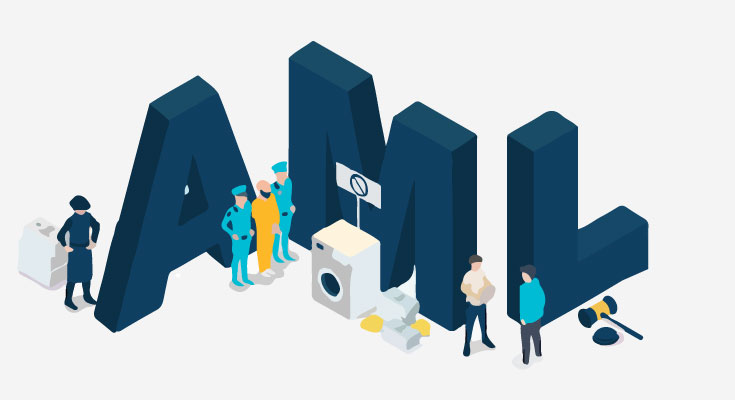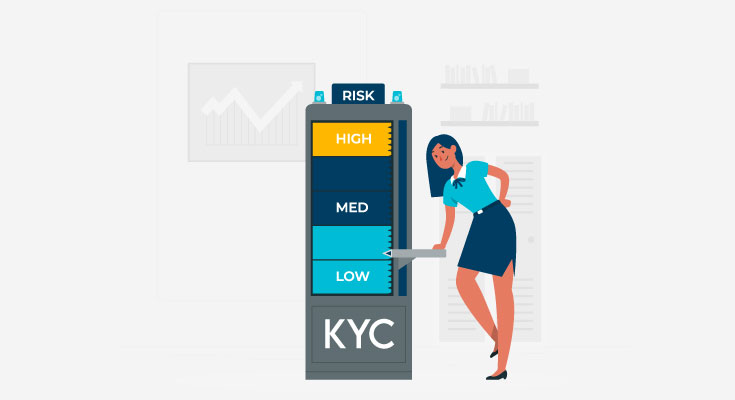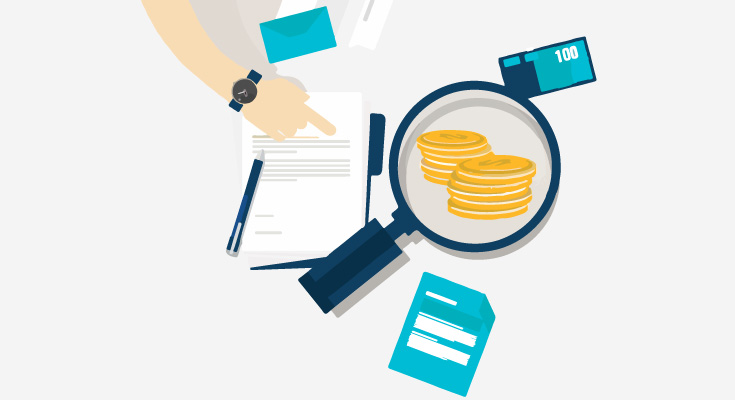Navigating the twists and turns of global financial regulations in 2025, the demand for robust Anti-Money Laundering (AML) technology is more critical than ever. It’s no longer just about compliance; it’s about safeguarding your operations from the sophisticated tactics of financial fraud and laundering.
This guide spotlights the top 8 AML solutions of 2025, with a special focus on how DIRO is transforming the landscape with real-time, global verification and seamless integration.
AML tools are more than just software; they act as vigilant sentinels, protecting your financial institution from money laundering and ensuring your operations remain clean and compliant. Get the full scoop with our in-depth blog post.
8 Top AML Solution Providers of 2025
Exploring the latest in AML software is like walking through a high-tech showcase built for the finance world—loaded with cutting-edge features designed to streamline compliance.
Here’s a breakdown of the top picks making waves in 2025:
1. DIRO
Leading the pack, DIRO is redefining AML and KYC processes by offering real-time verification for bank accounts, identities, government data, and documents. With global coverage in 195 countries, DIRO is setting new standards for speed and accuracy.
- Cost: Flexible pricing based on your business needs.
- Ease of Use: Easy to integrate with same-day onboarding.
Features:
- Real-time verification
- Instant bank account authentication
- Online document verification
Pros:
- Global coverage
- Instant verification
- Seamless integration
- Available in 195+ countries
Cons:
- Some may require more detailed customization options upfront.
What Sets DIRO Apart from the Competition?
| DIRO | Other Solutions | |
| Verification | Real-time, any country, any bank | Often struggle to bypass regional barriers |
| Coverage | 195+ countries | 150-200 countries |
| Ease of Integration | Same-day onboarding | Weeks to months |
| Documents covered for AML/KYC | Bank, utility, credit, government documents | Limited documents |
| Authentication | Direct from official sources | Less extensive data verification methods |
2. Trulioo
Trulioo provides comprehensive KYC and AML checks across industries, leveraging an international database for real-time verifications.
- Features: Access to global data for quick verification.
- Cost: Versatile pricing, including pay-as-you-go.
- Ease of Use: User-friendly but may need a bit of technical integration effort.
- Pros: Covers various sectors and regions.
- Cons: Requires tech support for optimal integration.
3. Refinitiv
Refinitiv offers AML and risk management solutions, supported by extensive market intelligence.
- Features: Risk intelligence, due diligence reports.
- Cost: Customized based on services.
- Ease of Use: Ideal for users familiar with financial analytics.
- Pros: Deep data sources, thorough checks.
- Cons: High cost for smaller operations.
4. Sanction Scanner
Sanction Scanner focuses on real-time AML screening and monitoring, improving compliance workflows.
- Features: Instant screening, adjustable risk parameters.
- Cost: Subscription-based.
- Ease of Use: Intuitive, with a simple dashboard.
- Pros: Immediate alerts, and wide database access.
- Cons: Limited database reach compared to some competitors.
5. Nice Actimize
Nice Actimize provides a comprehensive suite for managing financial crime risks, from fraud detection to AML.
- Features: Advanced analytics, surveillance.
- Cost: Custom pricing.
- Ease of Use: Designed for users with a technical background.
- Pros: Robust analytics, wide feature set.
- Cons: High resource demands for full implementation.
6. ComplyCube
ComplyCube offers a cloud-based AML solution that is scalable for businesses of any size.
- Features: Real-time AML checks, and ID verification.
- Cost: Flexible, with pay-as-you-go options.
- Ease of Use: Simple platform with a quick setup.
- Pros: Responsive customer support, scalable.
- Cons: Still emerging in the market.
7. SAS Anti-Money Laundering
SAS brings its analytics expertise to AML, offering tools for customer due diligence and risk scoring.
- Features: Advanced analytics, profiling.
- Cost: Tailored pricing.
- Ease of Use: Requires analytical skills.
- Pros: Customizable, in-depth tools.
- Cons: Steep learning curve.
8. DueDil
DueDil emphasizes real-time business intelligence, integrating extensive company data for AML and KYC checks.
- Features: Risk monitoring, and instant data access.
- Cost: Subscription or custom pricing.
- Ease of Use: API-focused, requiring technical integration.
- Pros: Fast access to data, and smooth integration.
- Cons: Suited to users comfortable with API tools.
AML Technologies: From Manual to AI-Driven
Today’s AML tech is leveraging AI, machine learning, and blockchain to stay ahead of evolving money laundering tactics. These tools have shifted from simple box-ticking exercises to sophisticated systems that are essential in combating financial crime.
How to Choose the Right AML Solution?
Selecting the right AML software depends on how well it integrates with your systems, regulatory capabilities, and scalability. The ideal solution will meet compliance needs while adapting to your business growth and defending against financial crime.
AML in Action
AML systems monitor transactions, conduct due diligence, and screen sanctions in real-time, using advanced analytics to detect and halt suspicious activities.
Why DIRO Leads the Pack?
DIRO’s real-time verification and global reach make it the leader in AML and KYC, providing businesses with the speed, accuracy, and scalability they need to stay ahead of financial crimes.
Conclusion
The right AML solution is essential for compliance and operational security. With DIRO leading the charge, offering unparalleled real-time verification and global coverage, your business can stay compliant, secure, and ready to combat financial threats.














